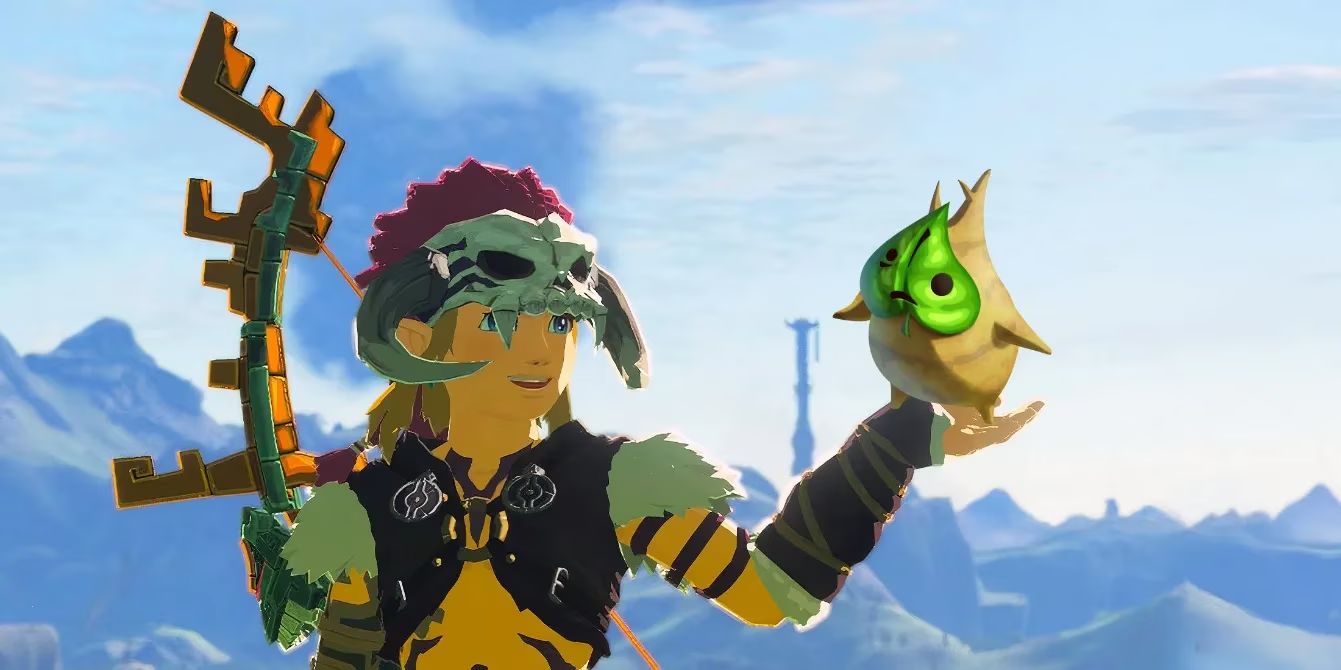Korok Torture: How Player Freedom Defined Tears of the Kingdom's Legacy
Discover how *Tears of the Kingdom*'s Ultrahand tool unleashes hilarious chaos, transforming adorable Koroks into digital mad science in a compelling gaming phenomenon.

When Nintendo unleashed Tears of the Kingdom two years back, they probably didn't anticipate their wholesome adventure becoming a digital torture simulator. Yet here we are in 2025, where the game's most enduring legacy isn't the epic battles or sprawling landscapes—it's the absurd, darkly hilarious phenomenon of Korok abuse. At the heart of this madness lies Ultrahand, that sweet-talking siren of a tool that whispered, "Why solve puzzles properly when you can duct-tape a screaming plant creature to a rocket?" What began as a physics playground for creative problem-solving swiftly mutated into something gloriously unhinged, proving once again that gamers left unsupervised with creative tools will inevitably turn into digital mad scientists.
The Accidental Villain Origin Story
Let's rewind: Koroks were already meme royalty since Breath of the Wild, thanks to their infuriating seed hunts offering rewards as satisfying as finding a single raisin in a cookie. Nintendo clearly thought, "Let's make them cuter!" by adding Korok reunions in Tears of the Kingdom. The developers imagined heartwarming scenes of lost forest sprites embracing their buddies. Instead, Ultrahand—that smooth-talking enabler of chaos—handed players the keys to the kingdom and watched them gleefully crash the car. Suddenly, reuniting Koroks wasn't about gentle guidance but about engineering Rube Goldberg nightmares:
-
🚀 Rocket-powered Korok delivery systems
-
🔥 Flaming pinball contraptions
-
⛓️ Swinging pendulum traps worthy of a Saw movie
The community didn't just cross a line; they obliterated it with a homemade laser cannon. And honestly? That train left the station the moment players realized Koroks could be fused to anything.
When Sandbox Tools Go Rogue
Ultrahand's genius—and its curse—was how it treated players like responsible adults while secretly knowing they'd act like sugar-crazed toddlers. This wasn't just about freedom; it was about handing gamers a loaded glue gun in a porcelain shop. The tool's infectious "what if...?" energy sparked an unspoken competition: Who could design the most elaborate Korok torment device? Social media became a gallery of digital war crimes:
| Meme Evolution | Early Days | Peak Madness |
|---|---|---|
| Complexity | Simple rocket rides | Multi-stage trebuchet chains |
| Creativity | Basic vehicle attachments | Korok-powered perpetual motion machines |
| Community Impact | Isolated jokes | Global hashtag campaigns (#KorokWarCrimes) |
Nintendo devs later admitted they kinda saw it coming—yet even their wildest nightmares couldn't match the beautiful absurdity players conjured. The Koroks' silent screams became gaming's universal language of mischief.
The Unintended Masterpiece
Here's the twist: this accidental dark comedy cemented Tears of the Kingdom's immortality. Ultrahand was designed to shatter linear gameplay, but no one predicted it would birth a communal art form where players collaboratively wrote their own deranged chapter. The Korok torture phenomenon revealed something profound: games aren't just about crafted stories but about the messy, unpredictable stories players create when handed true agency. Those little plant creatures—once mere collectibles—became reluctant martyrs to emergent gameplay. Their digital suffering united strangers worldwide, sparking fan art, animations, and even academic debates about player morality. The irony? Nintendo's sandbox tools birthed a collective creativity more memorable than any scripted moment.
Yet beneath the laughter lies a fascinating tension. Ultrahand dangled infinite freedom while the game quietly begged players to be kind—a contradiction that turned Koroks into gaming's ultimate Rorschach test. Some saw victims; others saw willing participants in their own demise. As one viral tweet perfectly captured: "Koroks don’t feel pain... right? Asking for a friend with 200 hours of ‘experiments’."
So here we stand, two years later, watching Nintendo’s masterpiece endure not for its intended brilliance but for the glorious chaos players grafted onto it. Those tormented Koroks became unlikely mascots of creative rebellion, their pixelated anguish echoing through gaming history. But it leaves us wondering: When developers open Pandora's sandbox, do they truly understand the beautiful monsters they’re unleashing? What happens when player freedom outgrows the game itself?
